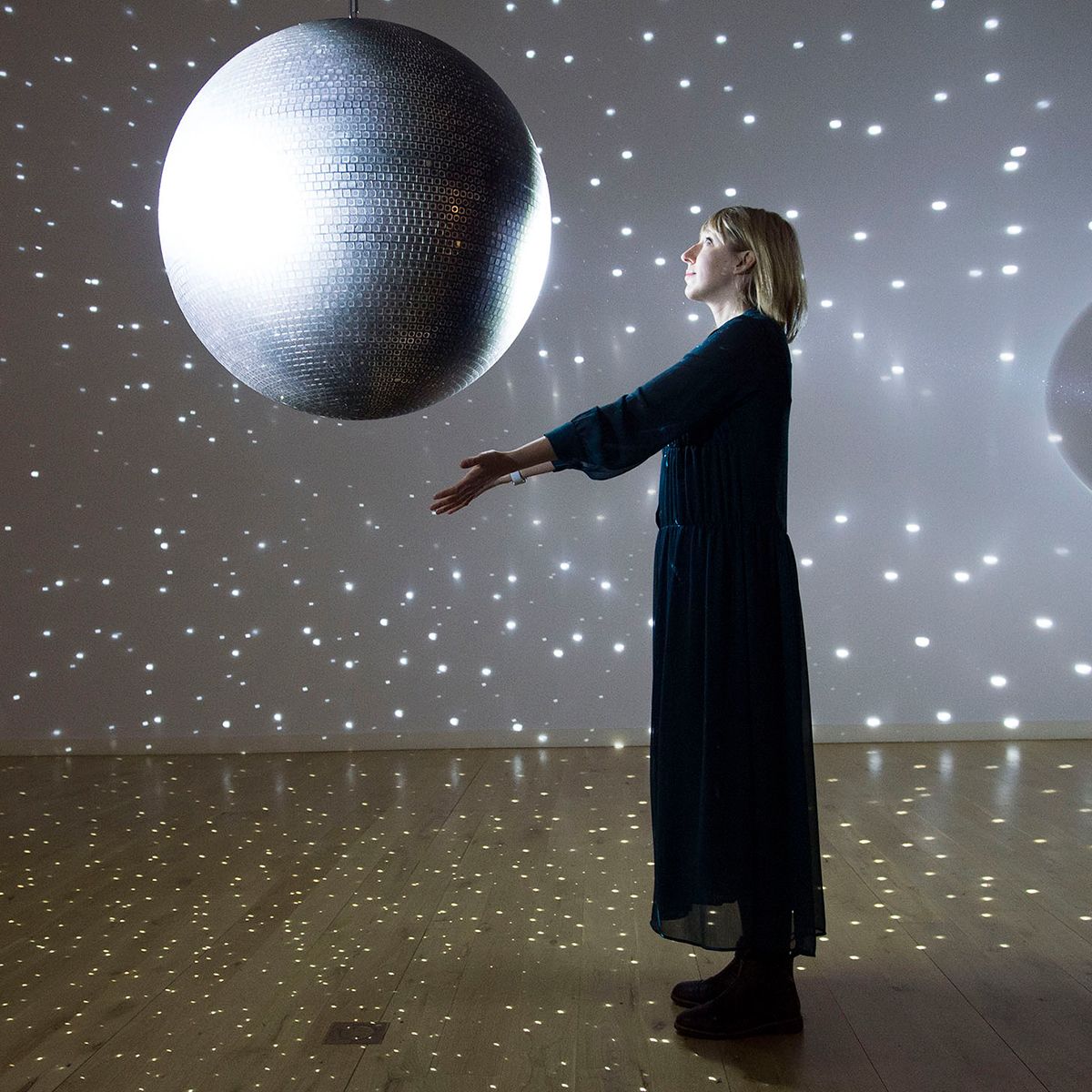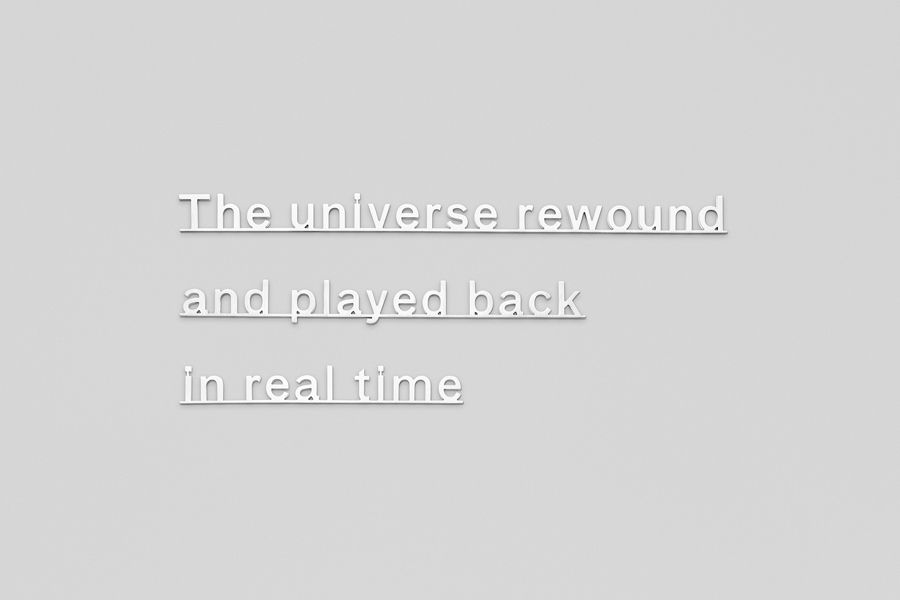Q&A with Katie Paterson
Visiting Artists Program Lecturer

by Genny Ramos
Katie Paterson’s work moves at a different pace. In our frenetic modern world, the Scottish-born artist’s pieces are rooted in an expansive sense of time, an understanding of the full history of our planet.
This can be felt in Future Library, a public art project spanning 100 years and culminating in an anthology of texts by some of this century’s most celebrated writers. Or Vatnajökull (the sound of), a live recording of a melting—dying—glacier that could be heard by anyone in the world via calling a phone number. As part of the School of the Art Institute of Chicago’s (SAIC) Visiting Artists Program, Paterson gave a talk about her work as an artist at the intersection of art and science.
Where does your curiosity in science come from?
As a child, I wasn't particularly enthusiastic about science or good at it. But as life developed, I realized many of the subjects that I was interested in involved space and time, nature and the landscape, the moon, the cosmos, and geology. I got into venturing outside the walls of art school, which was part of a larger university. There was a department called the Ice and Rock Physics Laboratory where scientists were storing large amounts of glacier ice and doing tests and analysis on different glaciers. They allowed me to come in and do experiments in their walk-in freezers. It opened my eyes to what it could be like to collaborate and step outside my immediate circle. Since then it has grown and grown, and now I collaborate with scientific teams across the world from wide-ranging fields.

Katie Paterson, The Universe Rewound and Played Back in Real Time. Photo © Ollie Harrop. Courtesy of the artist, Ingleby Gallery, and James Cohan Gallery
Katie Paterson, The Universe Rewound and Played Back in Real Time. Photo © Ollie Harrop. Courtesy of the artist, Ingleby Gallery, and James Cohan Gallery
Your work has a way of making people reflect on their own place in the world. What projects or places in nature have made you feel this way?
Iceland has had a really big effect on me. I have just returned from hiking in Landmannalaugar, a beautiful area in the Icelandic highlands with colorful, marble-like mountains. It felt like I was on the Earth a million years ago. There are not so many places on Earth—that I have been to, anyway—that have that feeling of complete timelessness and remoteness.
The past year and a half has highlighted the urgent call to address climate change. How has that manifested in your art?
The climate crisis that we're in at the moment is the main focus of my work right now. One of my current projects transforms material that spans the whole of Earth’s history—from its very beginnings through geological time, ’til the present day—into dust, including material from before the sun was formed, trinitite from 1945 to signal the beginning of the Anthropocene, and the seeds of the Wollemi pine, a tree that was thought to be extinct for 200 million years and then rediscovered.
“The slowing down of movement and consumption has been a remarkable thing. Tuning into the necessities, the people we love, building communities, and how much we need each other in a tactile way.”

Katie Paterson, First There Is a Mountain, 2019. First There Is a Mountain is supported by the National Lottery through Creative Scotland and Arts Council England. Image © Katie Paterson
Katie Paterson, First There Is a Mountain, 2019. First There Is a Mountain is supported by the National Lottery through Creative Scotland and Arts Council England. Image © Katie Paterson
Another work that I'm about to launch is To Burn, Forest, Fire: a new project involving the creation of incense. The first incense stick recreates the scent of the first-ever forest on Earth, and the second smells of the last forest in our age of the climate crisis. The incense of the first forest recreates the scent from 384 million years ago—the first-ever trees to grow, a time when no vertebrates existed yet. The second incense stick recreates the aroma of today's Amazon Rainforest, which is deeply under threat. It is one of the most biodiverse places on Earth, and it may be completely lost in our lifetime. The incense, a commission by IMHE in Helsinki, is being burned across the city in a variety of public locations throughout September.
How have you remained inspired and engaged despite the difficulties of the past year and a half?
On a personal level it has given me the opportunity to slow down, travel less, and tune into my immediate natural surroundings. The rush of running a busy studio, and being on the move so often over the last decade, has often been at odds with the kind of work I make, which reflects on deep time. The pandemic has also given me the chance to further reflect on the climate crisis. The slowing down of movement and consumption has been a remarkable thing. Tuning into the necessities, the people we love, building communities, and how much we need each other in a tactile way. Watching nature reveal itself when human activity slows down has been fascinating. If we can direct the general global attitude of compassion we have shown during the pandemic toward the future generations, I think it can have immense impact on how we positively deal with the climate crisis and act quickly and globally. ■

